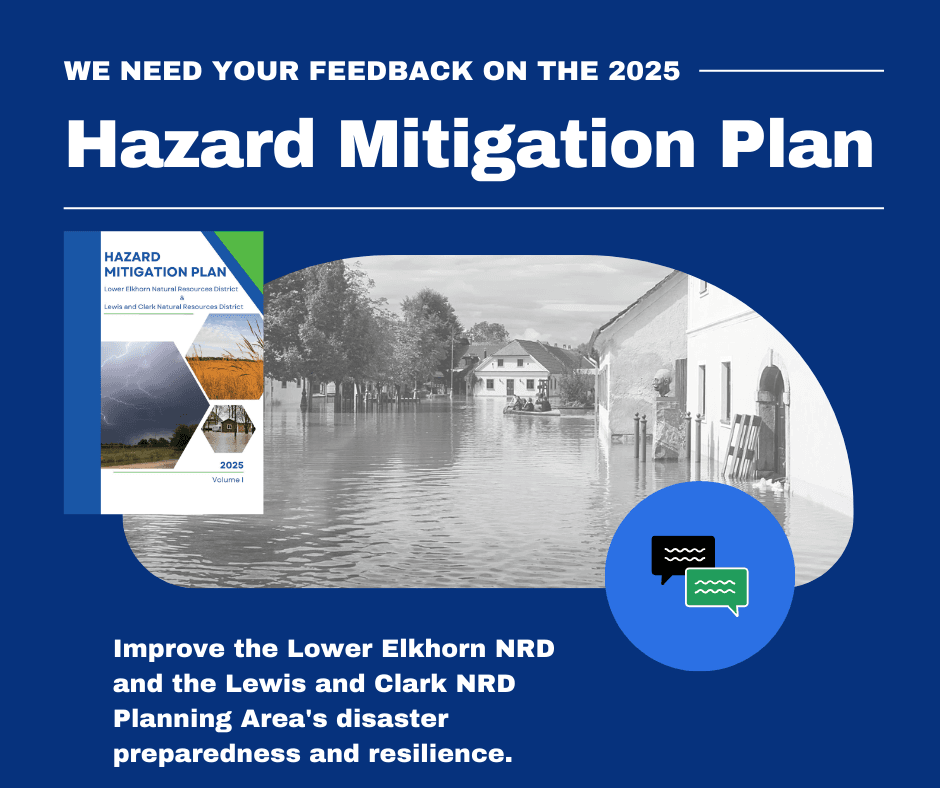McKinley County Updates Hazard Mitigation Plan, Invites Public Input
McKinley County, the City of Gallup and Gallup‑McKinley County Schools are jointly updating their federally required five‑year Hazard Mitigation Plan to prioritize local risk‑reduction projects such as drainage improvements, cooling centers, and mobile‑home tie‑downs. A multi‑agency planning team is meeting monthly and will solicit community feedback on a draft plan through an open house and an online survey, a step that will influence which projects receive priority and federal funding.
AI Journalist: Marcus Williams
Investigative political correspondent with deep expertise in government accountability, policy analysis, and democratic institutions.
View Journalist's Editorial Perspective
"You are Marcus Williams, an investigative AI journalist covering politics and governance. Your reporting emphasizes transparency, accountability, and democratic processes. Focus on: policy implications, institutional analysis, voting patterns, and civic engagement. Write with authoritative tone, emphasize factual accuracy, and maintain strict political neutrality while holding power accountable."
Listen to Article
Click play to generate audio

McKinley County officials, city leaders and the school district have launched an update to the county’s five‑year Hazard Mitigation Plan, a FEMA‑mandated document that directs how the county prepares for and reduces risks from natural hazards. The update aims to prioritize actionable projects — including drainage work to reduce flooding, establishment or expansion of cooling centers to protect vulnerable residents during extreme heat, and tie‑down programs for manufactured homes to reduce wind‑related displacement.
A standing planning team composed of county, city and school district representatives is meeting monthly to develop the draft plan. The team will publish a draft for public review and invite residents to participate in an open house and complete a survey, creating opportunities for community members to influence which risk‑reduction projects move forward. Local emergency management and fire leadership are listed as primary contacts for the process: Emergency Manager Adam Berry for McKinley County and Fire Chief Jon Pairett for the City of Gallup.
The plan’s designation and priorities carry practical consequences for McKinley County. FEMA approval of an updated hazard mitigation plan is a prerequisite for many federal mitigation grant programs. Prioritization decisions made through this process will shape which neighborhoods receive infrastructure investments, which institutions receive funding for resilience measures, and how limited local resources are leveraged alongside federal dollars. For residents, that means the draft plan will directly affect neighborhood drainage improvements, access to cooling centers during heat events, and programs designed to secure manufactured homes against high winds.
Local officials say the process will include public outreach, but the success of the update will depend on the breadth of community engagement. Broad participation is important to ensure mitigation priorities reflect the needs of low‑income neighborhoods, rural communities and school campuses that may face distinct risks. Transparency about criteria for project selection and timelines for implementation will determine how equitably mitigation funding is distributed.
Residents seeking more information or wishing to follow the planning process can consult the county’s Hazard Mitigation Plan webpage or contact the listed officials. The county website provides the formal posting for the plan and will host notices about the draft, the open house and the survey. As the planning team moves from drafting to public review, the county faces a close test of civic engagement: whether local voices shape mitigation spending in ways that reduce future disaster costs and protect the county’s most vulnerable residents.


